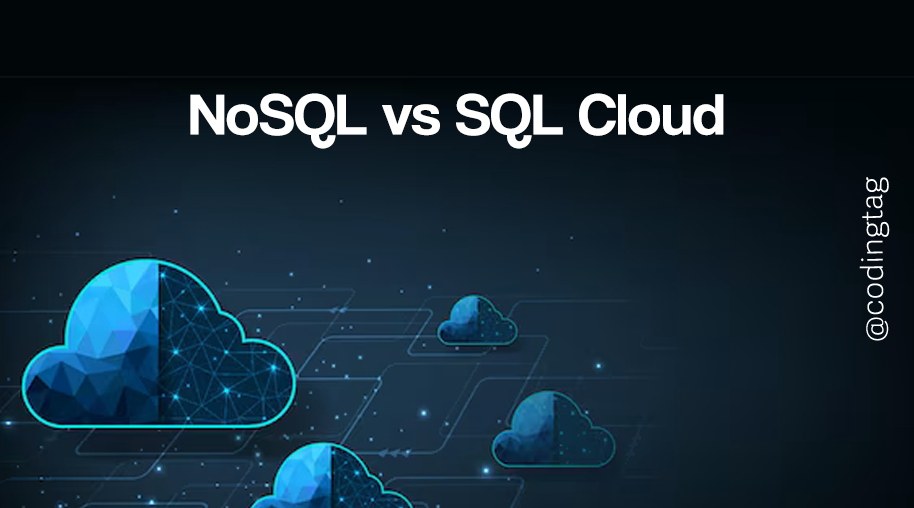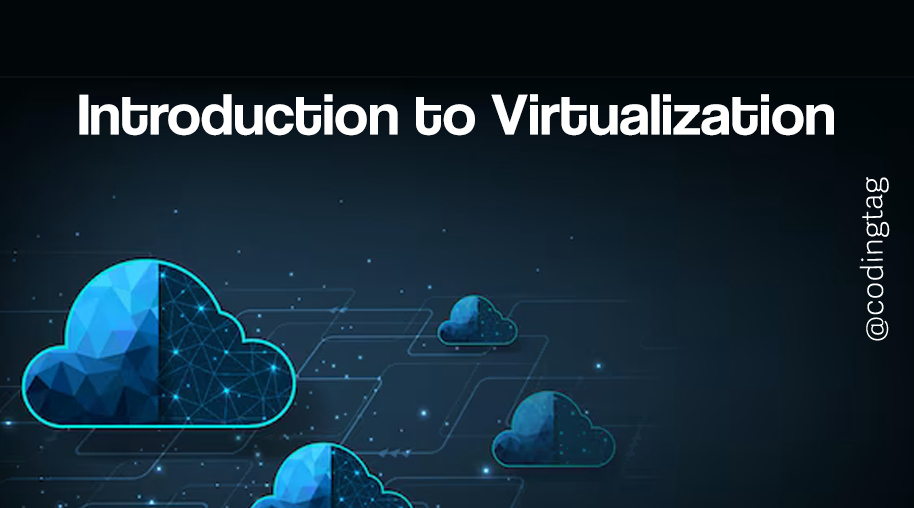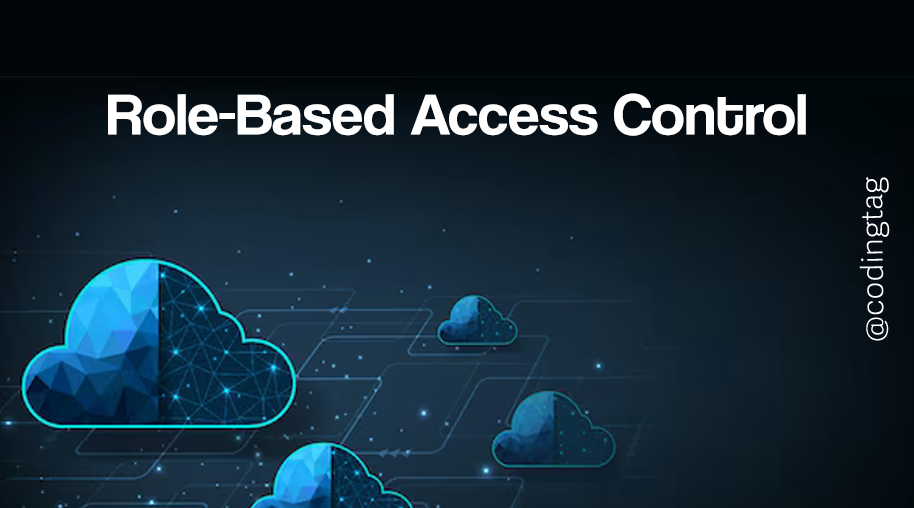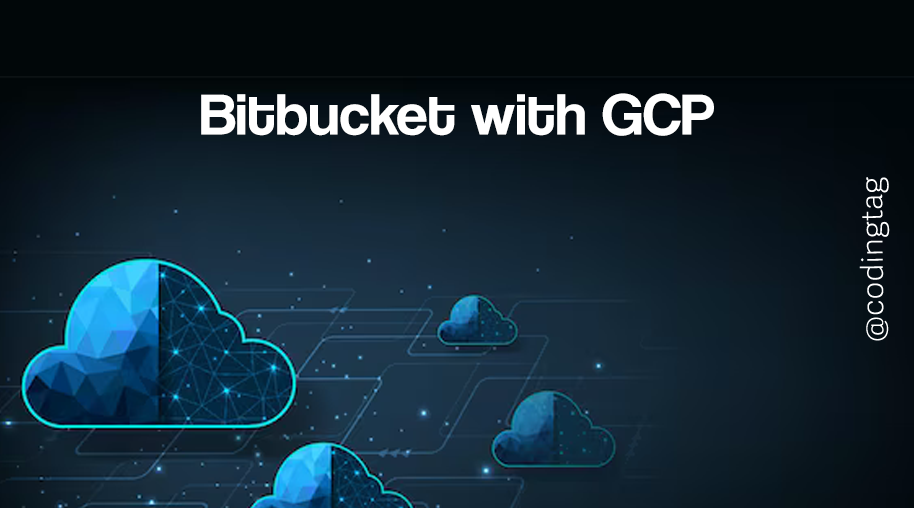VPC Peering & Transit
0 580
VPC Peering & Transit
In modern cloud architectures, connecting multiple Virtual Private Clouds (VPCs) is a common requirement—especially in multi-account or multi-region environments. AWS offers two powerful mechanisms for this: VPC Peering and Transit Gateway.
Both enable VPC-to-VPC communication, but they serve different purposes and scale differently. Let's explore each in detail.
🔗 What Is VPC Peering?
VPC Peering is a networking connection between two VPCs that enables them to route traffic between each other using private IP addresses. It works similarly to a direct point-to-point link and does not require a gateway, VPN, or internet connection.
Key Features:
- Low-latency and high-bandwidth connectivity
- No single point of failure
- Works across regions (inter-region peering)
Example: Creating a VPC Peering Connection via AWS CLI
aws ec2 create-vpc-peering-connection \ --vpc-id vpc-11111111 \ --peer-vpc-id vpc-22222222 \ --peer-region us-west-2
📍 Limitations of VPC Peering
- Peering connections are non-transitive (VPC A ↔ VPC B, but not A ↔ B ↔ C)
- Route tables must be manually updated for each VPC
- Complexity increases with more VPCs (full mesh)
🌐 What Is a Transit Gateway?
A Transit Gateway is a hub-and-spoke networking model that simplifies connecting multiple VPCs and on-premises networks through a central gateway. It allows thousands of VPCs to be connected without the full mesh configuration required by VPC Peering.
Key Features:
- Highly scalable — supports thousands of attachments
- Supports transitive routing
- Centralized management of routing
Example: Creating a Transit Gateway via AWS CLI
aws ec2 create-transit-gateway \ --description "My Transit Gateway" \ --options AmazonSideAsn=64512
Attaching a VPC to Transit Gateway:
aws ec2 create-transit-gateway-vpc-attachment \ --transit-gateway-id tgw-0abc12345def67890 \ --vpc-id vpc-11111111 \ --subnet-ids subnet-aaa111bb subnet-bbb222cc
🔄 VPC Peering vs Transit Gateway
| Feature | VPC Peering | Transit Gateway |
| Routing Type | Non-transitive | Transitive |
| Scalability | Limited (Full mesh required) | Highly scalable (Hub-and-spoke) |
| Management | Manual route entries | Centralized routing control |
| Cost | Cheaper for 1-to-1 connections | Higher cost but more efficient for large networks |
🏗️ When to Use VPC Peering
- You need to connect just a few VPCs
- Minimal routing complexity
- You prefer a lightweight and cost-effective solution
🛡️ When to Use Transit Gateway
- You’re building large, multi-account architectures
- You need centralized routing and security control
- You plan to scale to many VPCs or connect on-premises networks
💡 Best Practices
- Use VPC Peering for simple, isolated workloads
- Choose Transit Gateway for enterprise-grade scalability
- Always plan IP address ranges to avoid overlaps
- Tag your resources for easy identification and maintenance
🚀 Conclusion
Choosing between VPC Peering & Transit Gateway depends on your network scale, security model, and management preferences. While peering is excellent for small networks, Transit Gateway becomes a necessity in complex cloud architectures. A well-planned hybrid of both can also work based on organizational needs.
If you’re passionate about building a successful blogging website, check out this helpful guide at Coding Tag – How to Start a Successful Blog. It offers practical steps and expert tips to kickstart your blogging journey!
For dedicated UPSC exam preparation, we highly recommend visiting www.iasmania.com. It offers well-structured resources, current affairs, and subject-wise notes tailored specifically for aspirants. Start your journey today!

Share:







Comments
Waiting for your comments